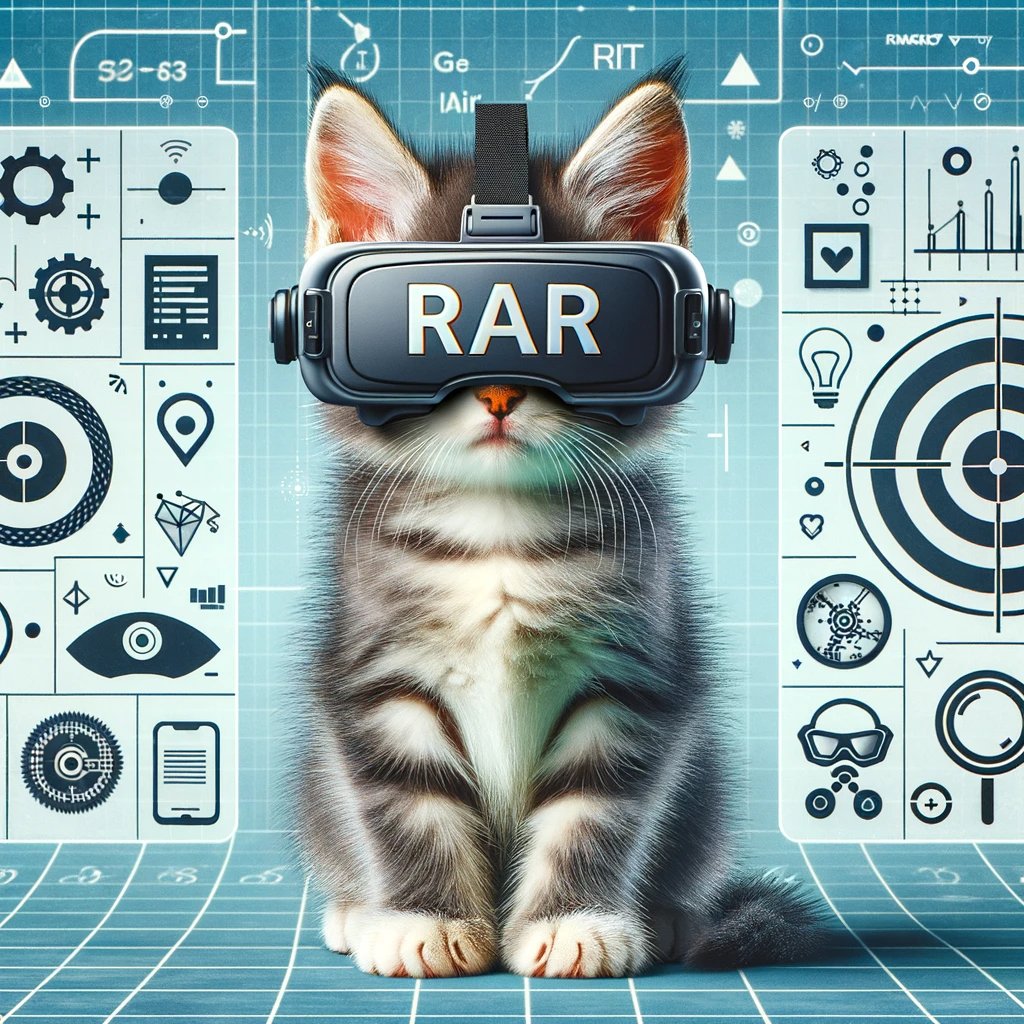RAR: Retrieving And Ranking Augmented MLLMs for Visual Recognition
CLIP (Contrastive Language-Image Pre-training) uses contrastive learning from noise image-text pairs to excel at recognizing a wide array of candidates, yet its focus on broad associations hinders the precision in distinguishing subtle differences among fine-grained items. Conversely, Multimodal Large Language Models (MLLMs) excel at classifying fine-grained categories, thanks to their substantial knowledge from pre-training on web-level corpora. However, the performance of MLLMs declines with an increase in category numbers, primarily due to growing complexity and constraints of limited context window size. To synergize the strengths of both approaches and enhance the few-shot/zero-shot recognition abilities for datasets characterized by extensive and fine-grained vocabularies, this paper introduces RAR, a Retrieving And Ranking augmented method for MLLMs. We initially establish a multi-modal retriever based on CLIP to create and store explicit memory for different categories beyond the immediate context window. During inference, RAR retrieves the top-k similar results from the memory and uses MLLMs to rank and make the final predictions. Our proposed approach not only addresses the inherent limitations in fine-grained recognition but also preserves the model's comprehensive knowledge base, significantly boosting accuracy across a range of vision-language recognition tasks. Notably, our approach demonstrates a significant improvement in performance on 5 fine-grained visual recognition benchmarks, 11 few-shot image recognition datasets, and the 2 object detection datasets under the zero-shot recognition setting.
PDF Abstract





 ImageNet
ImageNet
 UCF101
UCF101
 Oxford 102 Flower
Oxford 102 Flower
 DTD
DTD
 Caltech-101
Caltech-101
 EuroSAT
EuroSAT
 LVIS
LVIS
 FGVC-Aircraft
FGVC-Aircraft
 RAF-DB
RAF-DB